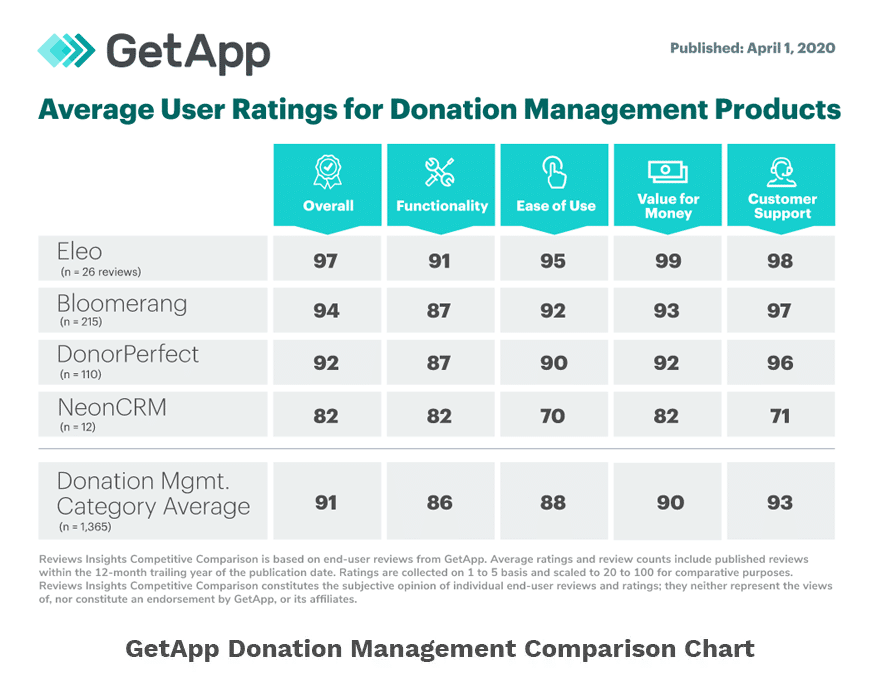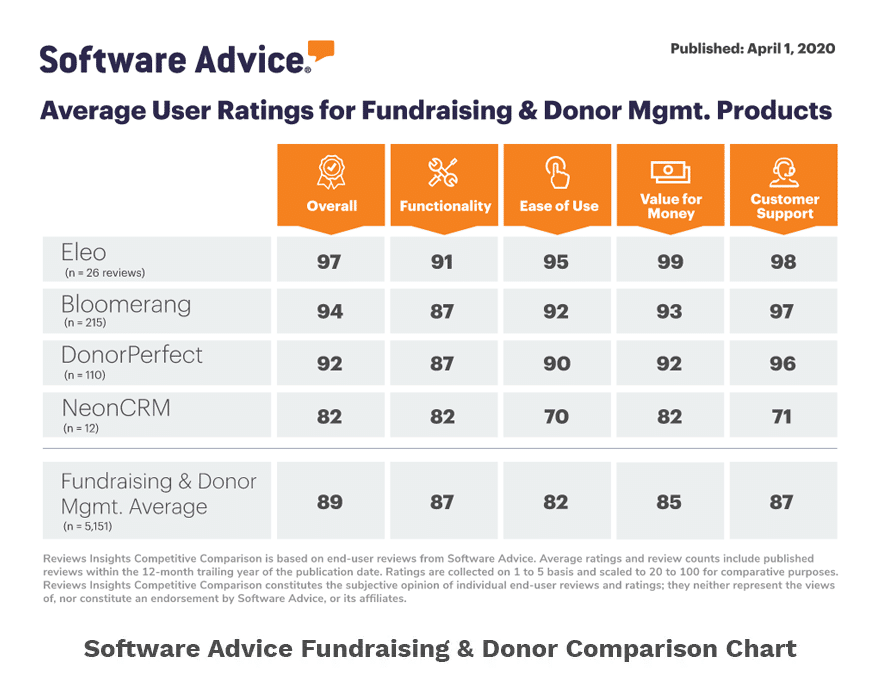
Summary: Nonprofits that accept online donations typically pay processing fees, which reduce the funds that go towards their mission. Fortunately, there are simple ways for nonprofits to keep this money for important programs and services by asking donors to cover the cost. In this article, we’ll explain how processing fees for online donations work and strategies for seeking assistance from donors.
Processing fees can be particularly painful for small nonprofits that operate on a tight budget and rely on smaller donations to make a difference. Although there are obvious advantages to accepting online donations and receiving gifts almost immediately, processing fees can eat into your fundraising.
Fortunately, there are simple ways to cover the costs of processing fees so your nonprofit can unlock the full value of every donation. Let’s take a look at the true cost of processing fees and strategies for asking donors for help!
What Are Processing Fees for Online Donations?
When someone makes an online donation to your organization, whether it’s for a general fund, campaign, event, or membership, not every dollar makes it to your nonprofit’s bank account. Payment processors, like Stripe, charge a small fee for each transaction.
Processing fees are typically 2-3% of the donation amount, plus a small flat fee per transaction.
That doesn’t seem like much, right? Well, suppose you raise $5,000 from 200 gifts averaging $25. With a 2.2% processing fee and $.30 per transaction, that adds up to $170.
If you operate a food pantry, for example, how many meals would $170 cover? How many families would $170 feed?
Processing fees can quickly add up, chip away at your total funds, and reduce the impact of your programs and services.
Can Donors Cover Processing Fees?
Absolutely! You just have to set up your donation form and ask donors for help!
Most donation forms offer an option for donors to cover the processing fees. When a donor chooses this option, usually by checking an opt-in box, your nonprofit receives the full intended donation amount. That means every dollar they give goes directly to your mission, stretching their dollar and generosity while increasing the overall impact of their gift.
Donors Are Willing to Help – But You Have to Ask!
Donors generally want their entire gift to go to the cause that’s important to them and don’t mind checking the box. In fact, various studies have shown that donors, when presented with the option, choose to cover processing fees 50-65% of the time.
More than recovering the cost of fees, you’re building trust through transparency. When donors feel confident about where their money is going, they’ll feel a closer connection with your nonprofit. You’re supporting their philanthropic spirit!
Best Practices for Your Donation Form
First and foremost, make sure your donor management software and payment processor support fee coverage options.
The key to encouraging donors to cover fees is clear, positive language that emphasizes impact (your nonprofit receives the full value of the gift) and choice (it’s totally optional).
For example:
- “Yes, I’d like to cover the transaction fee so 100% of my donation goes to [cause/organization name].”
- “Add $X to cover processing fees and help us receive your full gift.”
- “Make my gift go further by covering the [x.x% + $x.xx] processing fee.”
Covering processing fees should always be an option. Don’t have the box pre-checked by default! To maintain trust, donors should actively choose to cover processing fees.
How to Track Your Success with Donors Covering Processing Fees
There are a few keys to tracking and optimizing performance for covering processing fees for online donations:
- Perform A/B testing with the wording in your donation form and the design of the donor form itself.
- Monitor how many donors opt in and calculate the funds recouped.
- Use that data for future fundraising efforts, impact reports, and board meetings (“Last year, donors helped us save $XYZ in processing fees!”).
Remember, donors believe in your organization and mission and want to maximize the value of their gifts. Give them the option to cover processing fees, ask for their support, track the results, and make a bigger difference. It’s a win-win!





